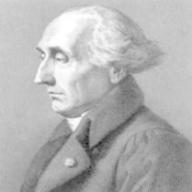capacitor (mc)
2011-03-12 8:53 am
圖片參考:http://imgcld.yimg.com/8/n/HA00414085/o/701103120008213873389060.jpg
How would you deal with this question?
回答 (1)
2011-03-12 6:46 pm
✔ 最佳答案
The clue is to deduce the charging current from the given graph of Vac against t. The charging current is the same as the current through the resistor, which by Ohm's Law, is proportional to the voltage across the resistor.For a linearly increasing voltage across the capacitor, it means that the charge increases linearly with time ( Q = CV). Hence the charging current is constant ( I = dQ/dt). Because the capacitor and resistor are connected in series, ths the current through the resistor is constant.
When the voltage across the capacitor is constant, the charge on it is constant. It means the current through it, and hence the current through the resistor is zero ( I = dQ/dt)
When the voltage across the capacitor decreases linearly with time, it shows that the charge on the capacitor also decreases linearly with time. That means the discharging current is constant but in the opposite direction to that during charging. The current through the resistor is thus constant but in the reverse direction.
The answer is therefore option A
收錄日期: 2021-04-29 17:38:32
原文連結 [永久失效]:
https://hk.answers.yahoo.com/question/index?qid=20110312000051KK00082

